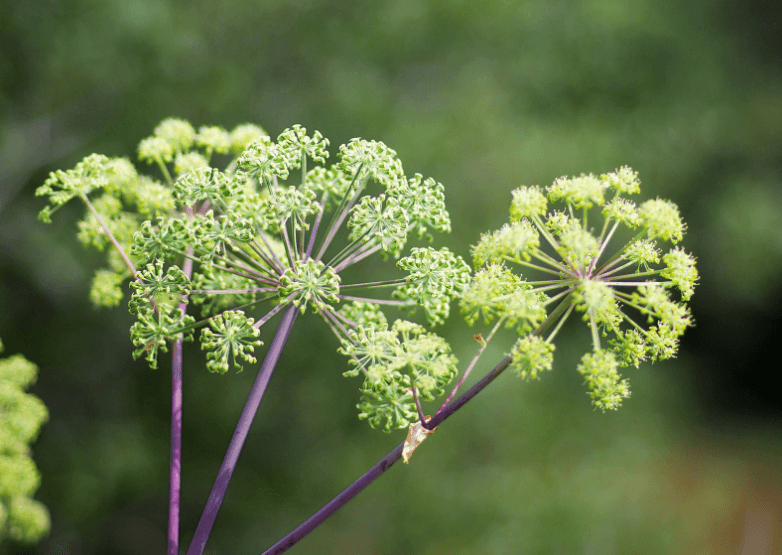
Dong Quai
Share

Common Name Female Ginseng,Chinese Angelica,Angelica Root
Family Name Apiaceae
Parts Used Roots
Herbal Actions Blood Tonic, Antispasmodic, Analgesic, Anti-inflammatory, Hormonal Regulator
Health Benefits Menstrual Health, Cardiovascular Support, Immune Enhancement
What are the Benefits of Dong Quai?
Dong Quai, revered for centuries across Asia and in Traditional Chinese Medicine (TCM) as a fundamental herb for women's health, is known as a powerful tonic for the blood.* Energetically, this herb is considered to be a warming agent that’s sweet and spicy in taste, making it ideal for invigorating and harmonizing the body. It is extensively used in TCM to enhance vitality and support the reproductive system.
Rich in phytoestrogens, vitamin B12, and various essential minerals, Dong Quai acts as an excellent blood tonic, helping to purify and promote blood circulation. This makes it particularly beneficial for women’s health, aiding in the regulation of menstrual cycles and easing menopausal symptoms. Its antioxidant properties further support overall health by helping to reduce oxidative stress and inflammation, enhancing both cardiovascular health and immune function.*
Dong Quai is more than just a medicinal herb; it is a staple in dietary practices throughout Asia, often used in soups, teas, and traditional remedies to improve health and longevity. Its inclusion in daily diets is believed to contribute to a balanced internal system, particularly in aiding recovery post-menstruation or during menopause, making Dong Quai a vital component of holistic wellness practices.
Historical Use of Dong Quai
Dong Quai, also known as Angelica sinensis, holds a venerable position in traditional Chinese medicine, revered not just for its medicinal properties but also for its cultural significance. According to classical texts like "The Divine Farmer's Materia Medica," Dong Quai has been used for over a thousand years to balance and invigorate blood, enhance female reproductive health, and alleviate symptoms of menopause. This herb is often referred to as the "female ginseng" because of its specific benefits for women’s health.
Historically, Dong Quai was a key ingredient in a variety of formulations aimed at treating issues such as menstrual cramps, irregular cycles, and recovery from childbirth. It was also believed to possess protective qualities, with ancient practitioners using it to ward off evil spirits and promote spiritual harmony. Additionally, Dong Quai roots were often carried as amulets or included in household decorations to ensure health and attract positive energy. The importance of Dong Quai is evident in numerous historical records and medical texts, illustrating its deep roots in the healing traditions and spiritual practices of ancient China.
Botanical Description & Habitat
Botanical Description of Crataegus (Hawthorn)
**Crataegus**, commonly known as hawthorn, is a genus of shrubs and small trees that are deciduous. The plants can range from 5 to 15 meters in height and often have a dense, thorny appearance. The leaves are generally small and lobed, sometimes serrated, and vary in shape depending on the species. In spring, Crataegus species produce clusters of white or pink flowers that have a distinctive, sweet fragrance. These flowers give way to small, apple-like fruits, known as haws, which are typically red, but can also be black, yellow, or blue depending on the species. The fruits appear in late summer and persist into winter, providing food for wildlife.
Habitat
Crataegus species are highly adaptable and can thrive in a variety of environmental conditions, though they predominantly prefer temperate regions. They are native to the northern hemisphere, including North America, Europe, and Asia. Hawthorns commonly grow in wooded areas, along the edges of forests, in open meadows, and also adapt well to urban environments. They can tolerate a wide range of soil types but prefer well-drained soil and can grow in both full sun and partial shade. Their adaptability and hardiness make them popular in cultivated landscapes as well as wild settings.
